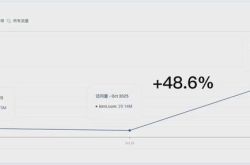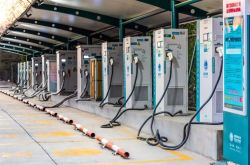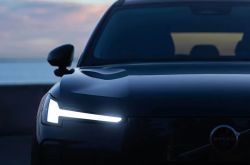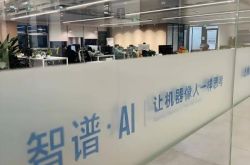The First Year of the Knockout Round: New Energy Vehicles Showcase Numerous 'Unprecedented' Developments
![]() 12/19 2024
12/19 2024
![]() 622
622
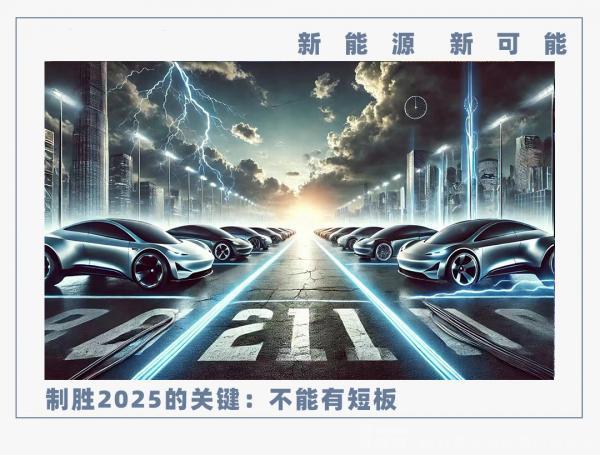
Original content by New Energy Outlook (ID: xinnengyuanqianzhan)
Full text: 3270 words, reading time: 9 minutes
When asked which industries stood out in 2024, new energy vehicles undeniably made the list. In the inaugural year of the knockout round, new energy brands fiercely competed to stay in the game by capitalizing on trending topics and generating buzz, aiming to capture every consumer's attention.
For instance, following Xiaomi's Lei Jun, Wei Jianjun of Great Wall Motors, Zhu Huarong of Changan Automobile, Li Shufu of Geely Automobile, and Yin Tongyue of Chery Automobile have all dived into the fray, venturing into the realm of 'internet celebrities' and striving to open up new market frontiers, exchanging traffic for sales.
The once-dominant BBA brands, after numerous 'bombardments' by Chinese new energy brands, have been relegated to 'no-name' electric cars in the eyes of consumers.
Extended-range hybrids, once derided as 'transitional technology' five years ago, have surged to prominence alongside the strategic deployments of brands such as AITO, IM Motors, Xingji Era, and ARCFOX, becoming a favorite among consumers and serving as an 'accelerator' for the dawn of the era of comprehensive electrification.
There's more to this story. To 'stay at the table,' automakers have relentlessly engaged in fierce competition, and the landscape of the Chinese automotive market is undergoing a profound transformation.
Looking back at the automotive market in 2024, after several rounds of reshuffling, the trend of 'internal competition' has spilled over from price wars to marketing, channels, and technology. In 2025, China's automotive market will naturally continue to be 'competitive,' but will it unfold as consumers, automakers, and the entire industry hope?
1. Once You Enter the Door of 'Competition,' It's Deep and Endless
Since the beginning of the year, starting with Tesla's price war, the word 'competition' has permeated the entire automotive market. However, this year's 'internal competition' among automakers is no longer satisfied with mere price wars.
At the end of March, with the entry of the 'crossover player' Xiaomi Motors and the marketing drive of 'traffic king' Lei Jun, automakers gradually became aware of the innate charm of IP. Automaker bosses and executives have opened their respective social media accounts, marching into the realm of 'internet celebrities.'
From the live streams of the 'Four Old Men' of the traditional camp – Yin Tongyue, Zhu Huarong, Wei Jianjun, and Li Shufu – to Zhou Hongyi live streaming car sales, Zhang Yong screwing bolts in the factory, to the entry of executives from brands like AITO and Zeekr on Weibo, the battle for traffic in the automotive circle has gradually intensified.
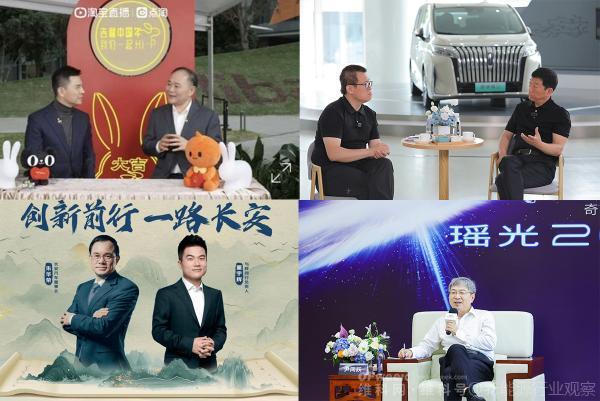
Image/Traditional automaker executives entering the internet
Source/Internet screenshot from New Energy Outlook
The automaker executives' efforts to bridge the gap with consumers have proven effective, winning more market share and voice for their brands.
Many consumers admitted, 'Before, when buying a car, automakers were just manufacturers to me, but now some automaker executives share industry insights and technological breakthroughs online, making me feel that they are genuinely committed to making cars, and my trust has greatly increased.'
Take Deng Chenghao, CEO of ARCFOX, for example. In his video series 'Deng Gong Talks Cars,' he demystifies automotive field expertise such as extended range, chassis, and intelligent driving in easy-to-understand language or in conjunction with his own models, garnering numerous fans.
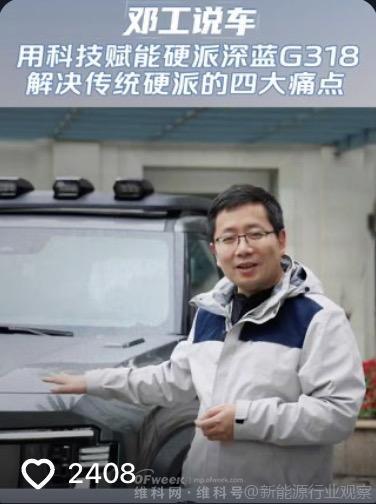
Image/ARCFOX CEO's video series 'Deng Gong Talks Cars'
Source/Internet screenshot from New Energy Outlook
Clearly, the heads of new energy automakers are also placing increasing emphasis on mining and utilizing emotional value. By establishing emotional connections with consumers, they enhance brand identity and social identity, thereby driving consumer purchasing behavior.
'In these live streams by automaker executives, I can clearly understand the brand's philosophy and development story, and I also feel that cars are no longer just cold transportation tools but have come to life, especially now that more and more automotive brands are entering shopping malls, and I've been visiting to see real cars much more frequently,' said consumers contacted by New Energy Outlook.
This is, of course, what automakers desire. Besides competing on price and traffic, they have also set their sights on channel strategies. Since the beginning of this year, multiple new energy brands such as AITO, XPeng, and WEY have wielded the 'big knife' of channel reform, shifting from a purely direct sales model to a mixed model of direct sales and dealerships.
For instance, in April of this year, AITO initiated channel reform. Within the following two months, over 90% of AITO's direct sales stores underwent channel conversion, with only a handful of direct sales stores remaining in first-tier cities like Beijing and Shanghai.
At the end of 2023, XPeng had a total of 500 stores, with nearly 30% being dealerships. However, influenced by the trend of channel competition, by the end of September, XPeng had reached 639 stores, with dealerships accounting for over 60%.
2. My 'Love-Hate Relationship' with Electric Cars
With increasing avenues for consumers to learn about new energy vehicles, coupled with policy inclinations, the group of new energy vehicle buyers is gradually expanding. Public data shows that the penetration rate of new energy vehicles has exceeded 50% for several consecutive months, with some cities even exceeding 75%.
According to data from the China Association of Automobile Manufacturers, in the first 11 months of this year, 11.262 million consumers chose new energy vehicles.
An intriguing phenomenon is that among the 1.512 million consumers who opted for new energy vehicles in November, although the number of consumers choosing hybrid models was 20% less than those selecting pure electric models, in terms of year-on-year growth, hybrid models increased by 86.8% compared to the same period last year, far outpacing pure electric models.
Song Lan (pseudonym), a post-90s worker with a 9-to-5 job, sees road trips in her free time as a 'spice' in life. Recently, influenced by the trade-in subsidy policy, she replaced her old gasoline car with the ARCFOX S05 Extended Range Edition. 'A car is not just a means of transportation for me; it's a 'friend' that accompanies me on the road. When I used to drive my old Magotan on road trips alone, I often pondered how nice it would be if my car could clearly record the scenery along the way.'
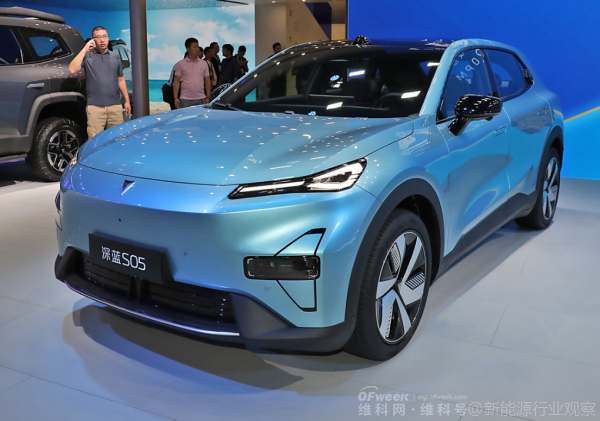
Image/ARCFOX S05 Extended Range Edition
Source/Internet screenshot from New Energy Outlook
Song Lan admitted that since switching to this electric car that can record travel footage, she often shares the beautiful scenery captured by the car with her friends and family. 'To be honest, this method can enhance social interaction and friendship between people.'
Zhao Yibo (pseudonym) has different vehicle usage needs from Song Lan. With two children, his daily vehicle usage scenarios are mostly related to them, such as taking them to and from school, to museums, and on family outings. 'What I value most when buying a car is space and comfort. The rear space in my Li Auto L9 is truly ample, and my two children can play without feeling cramped. Moreover, new energy vehicles accelerate more smoothly than gasoline cars, devoid of the jerkiness of gasoline cars, and the quietness is also quite commendable, allowing our family to relax and enjoy ourselves more when driving.'
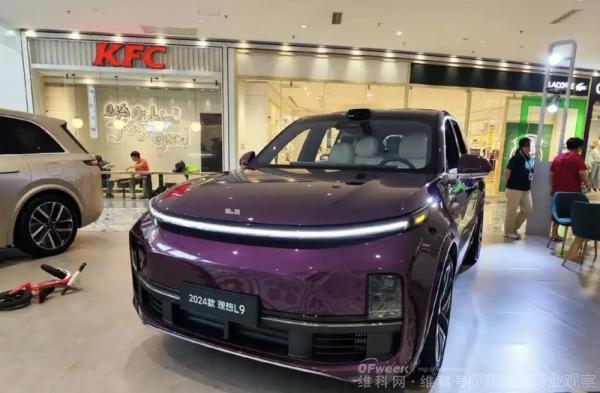
Image/Li Auto L9
Source/Internet screenshot from New Energy Outlook
In the opinion of Da Bin (pseudonym), the owner of a NIO ET7, new energy vehicles are generally more affordable than BBA models of the same level, and since they use electricity, subsequent usage costs will be much lower. 'I spend less money than before but enjoy more, which is incredibly satisfying.'
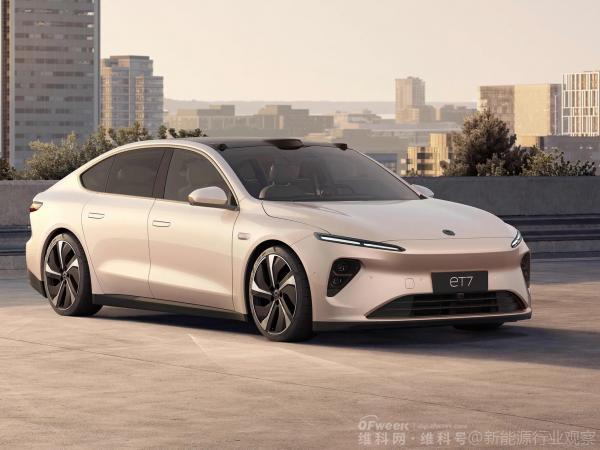
Image/NIO ET7
Source/Internet screenshot from New Energy Outlook
Many consumers share similar sentiments with the above individuals. In contacts with New Energy Outlook, most consumers gradually discovered during the evolution of the automotive market that electric cars not only bring convenience to their travels but also add color to their lives, becoming a manifestation of lifestyle.
However, everything has two sides.
In contact with numerous consumers, we found that not all consumers are willing to switch from gasoline to electric. Some consumers regretted their purchase of electric cars due to issues such as product quality and after-sales service; others hesitated and ultimately gave up due to range anxiety, inability to install home charging piles, and inconvenience in charging and swapping batteries.
There's no doubt that the growth of the new energy market relies not only on the unremitting efforts of automakers but also on the enduring recognition of consumers.
Based on this, in the future, automakers should accelerate the improvement of their after-sales service system, reasonably deploy maintenance networks, and resolve the current issue of overly sparse distribution of some new energy brand stores in lower-tier cities and towns compared to first-tier cities as soon as possible. At the same time, they should be extremely cautious when selecting component suppliers to minimize the risk of poor quality.
3. 2025: The Decisive Year for New Energy Vehicle Product Strength
It should be evident that measures and means such as price competition, traffic competition, and channel competition, which set aside the product itself, can bring temporary benefits to automakers, but relying solely on these, automakers will find it challenging to reach the decisive round. After all, in the minds of consumers, product strength comes first.
Based on this, since the beginning of this year, multiple automakers have continued to focus on active layout in the field of intelligent driving.
To date, models such as the AITO M9 and AITO 07 equipped with Huawei's ADS 3.0 can achieve end-to-end human-like driving, i.e., 'self-driving upon entry and self-parking upon exit.' The XPeng P7+ series, equipped with XPeng's new-generation AI Hawk Eye vision solution and AI Tianji 5.4.0 system, can achieve AI intelligent driving without restrictions on road conditions or routes.
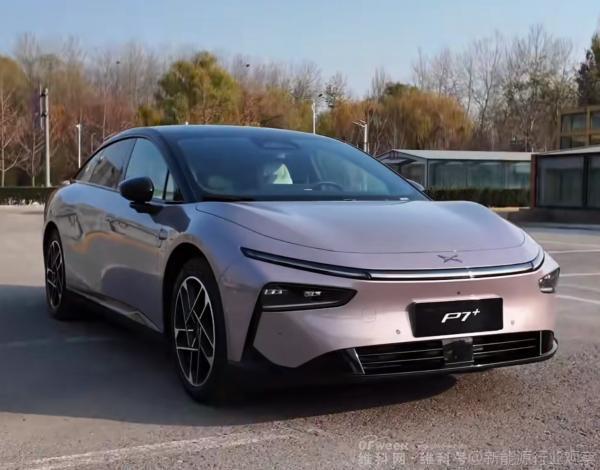
Image/XPeng P7+
Source/Internet screenshot from New Energy Outlook
Furthermore, to meet the needs of more consumers and accelerate the advent of the era of comprehensive electrification, multiple new energy brands such as AITO, IM Motors, Zeekr, and Changan Qiyuan have unanimously embraced extended-range models, attempting to maximize market penetration with both pure electric and extended-range dual-power modes.
Newly launched models this year, such as the AITO 07 Extended Range Edition and Changan Qiyuan A07 Extended Range Edition, are equipped with CATL's Xiaoyao Super Extended Range Battery, which has addressed the shortcomings of previous extended-range vehicles, such as needing daily charging for pure electric travel, slow refueling speed, and poor performance when the battery is low, allowing consumers to enjoy the pure electric driving experience without range anxiety.
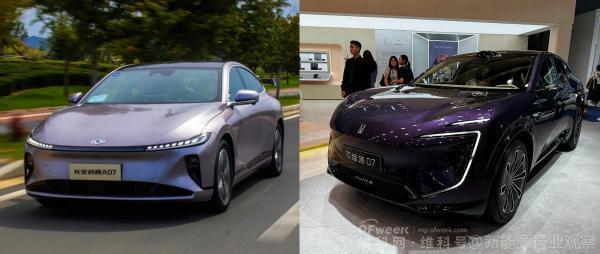
Image/Changan Qiyuan A07 Extended Range Edition - AITO 07 Extended Range Edition
Source/Internet screenshot from New Energy Outlook
It's undeniable that in the face of rapidly changing market trends, the achievements and strengths of automakers that can still 'stay at the table' should not be underestimated.
However, the landscape of China's automotive market is still adjusting, and no new energy automaker can afford to be complacent. Even Zero Run and XPeng, which have had their moments of glory, face the pressure of turning losses into profits.
The fierce competition in the automotive market is still escalating, and every automaker is fully committed to refining product strength and introducing new products. This raises another issue: with the concentrated launch of multiple brands and models, new energy vehicles are gradually becoming 'homogenized' from vehicle design to data and the three electric cores (battery, motor, and electronic control). It's foreseeable that while this trend of 'homogenization' will swiftly benefit automakers, it will also gradually bore consumers.
Recently, Li Bin of NIO also stated that China's automotive industry has entered 'the most intense and brutal stage, with higher-dimensional competition.' Moreover, the competition among smart electric vehicle companies is no longer confined to products, technology, or services; there can be no shortcomings in the automotive industry, which requires comprehensive competition across multiple dimensions.
This naturally places higher and more multidimensional requirements on new energy automakers.
From Li Bin's words, it's not difficult to see that China's new energy brands have a long way to go if they want to stand out in the upcoming year 2025. But it's clear that when the next round of the new energy knockout arrives, whoever can take the lead in compensating for shortcomings will have the power to continue advancing.

